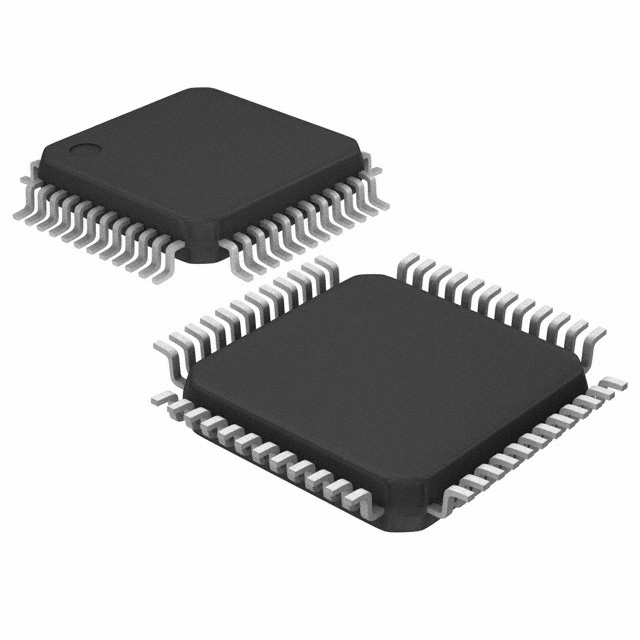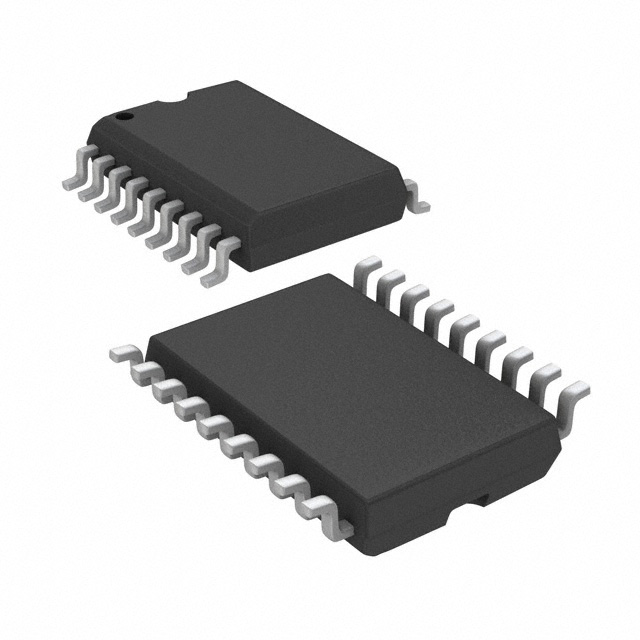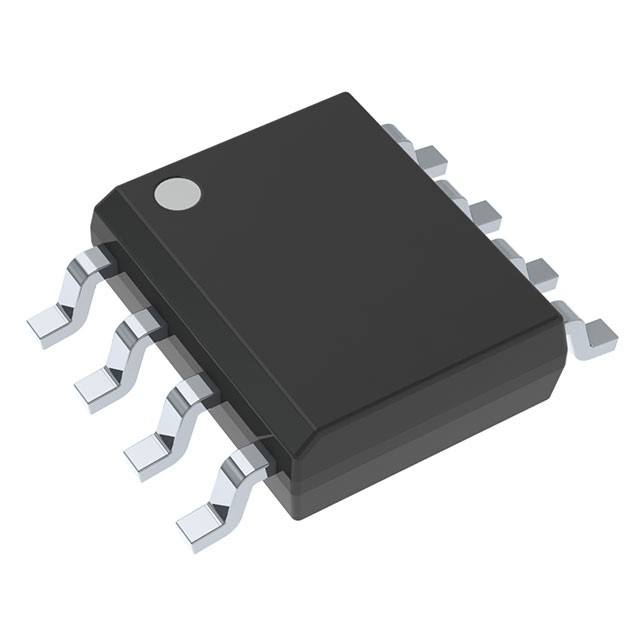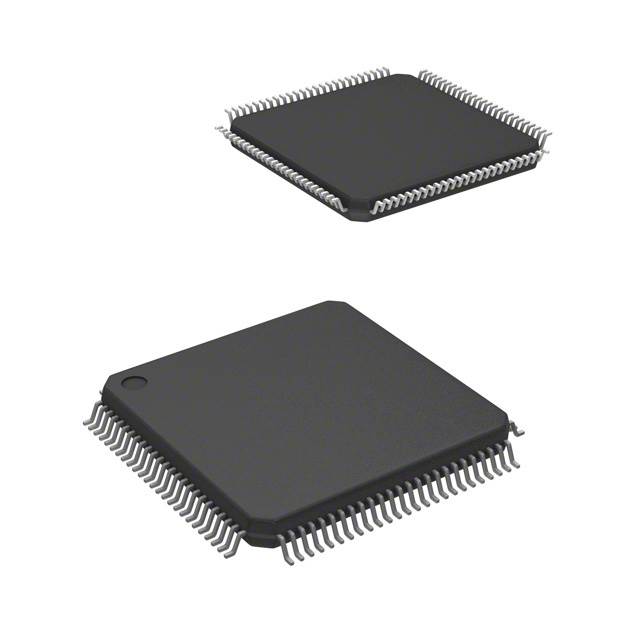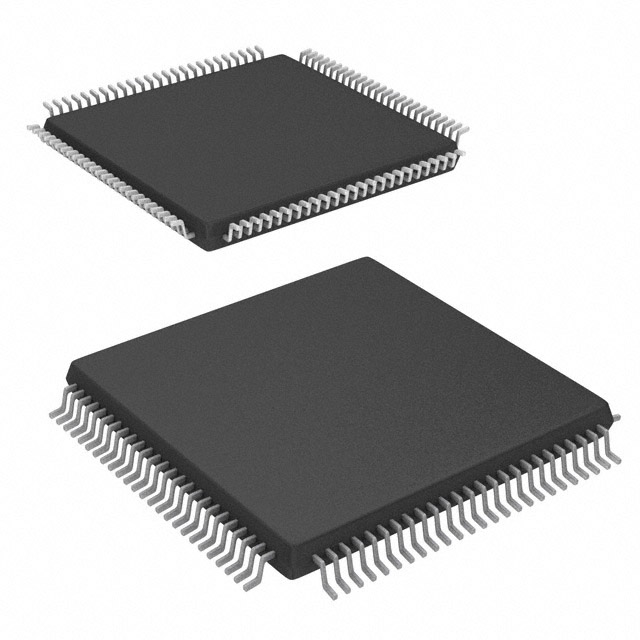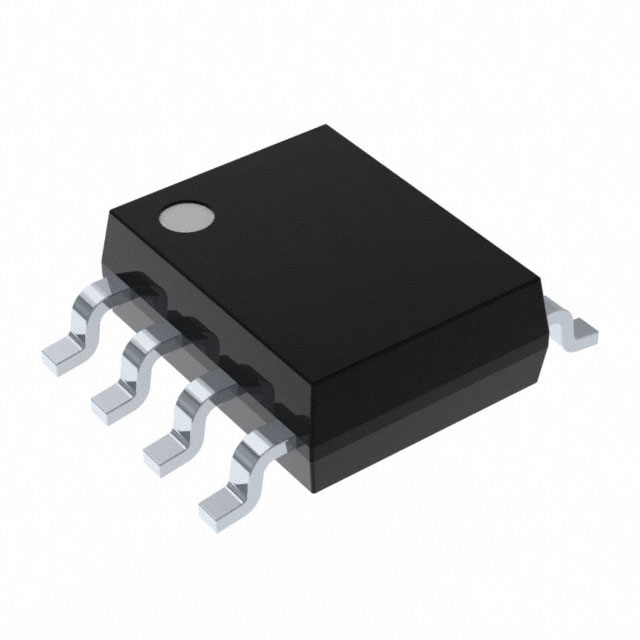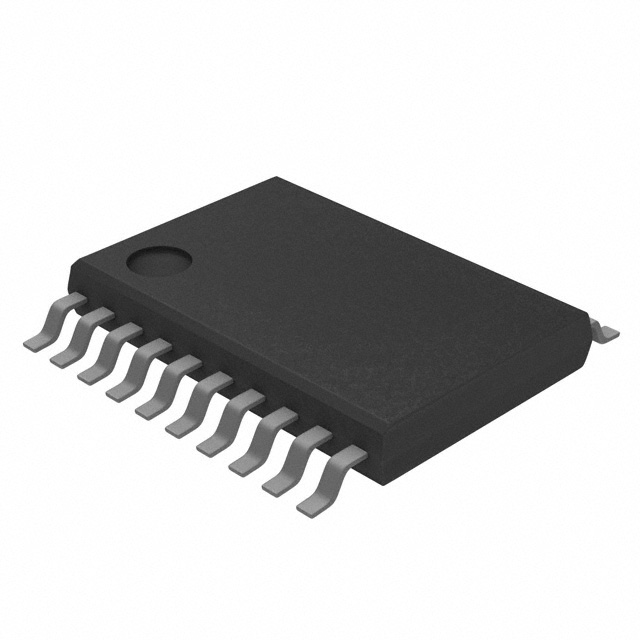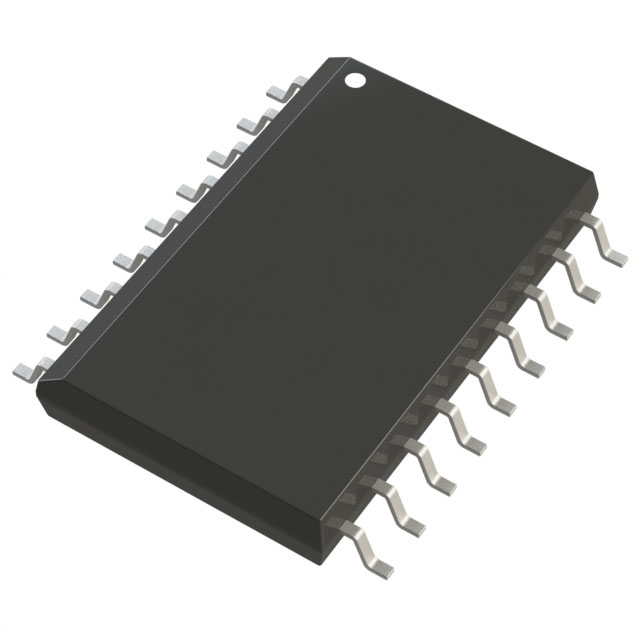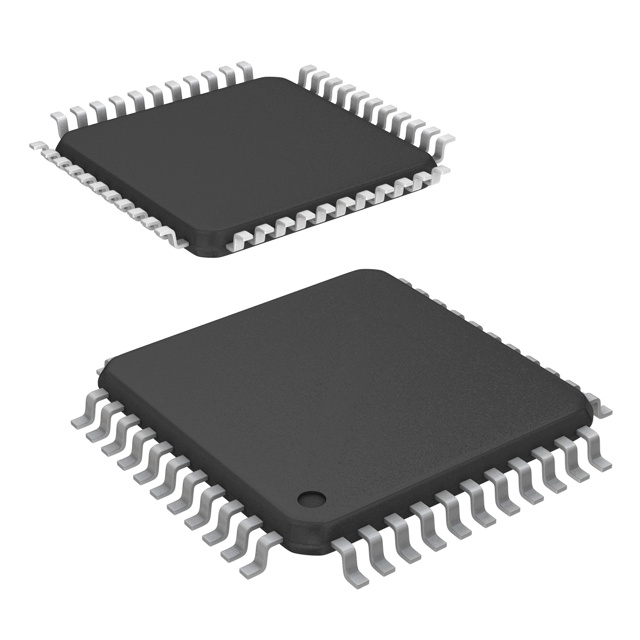

What Contactor is and How It Works
Catalog
What is a Contactor?What are Contactors Used For?Common Uses of Contactors:Why Use Contactors?How Do Contactors Work?How It Works Step by Step:Example Wiring Diagram:The Difference Between Contactors and RelaysContactors Selection GuideTypes of ContactorsSwitch Ratings and Coil Ratings (Contact Voltage and Current)Top Contactor BrandsFrequently Ask QuestionsRelated ArticlesThis introductory guide to contactors aims to provide clear and comprehensive answers to common questions about contactors. We will include a brief look at how electrical contactors work, how they are used and which types are sold online in the UK.
We will also cover some of the more popular types and brands of contactors available and identify how to choose the best for your needs.
What is a Contactor?
A contactor is an electrical device used to switch circuits on and off. It’s actually a type of electromagnetic switch, falling under the relay category.
So, what’s a relay? It’s an electrically operated switch that uses an electromagnetic coil to open or close contacts. This either powers a circuit on or off. A contactor works similarly but is specifically designed for handling higher currents.
In simple terms, a contactor is an electrically controlled switch that repeatedly opens and closes circuits. It’s like a heavy-duty version of a relay, made for higher current applications.
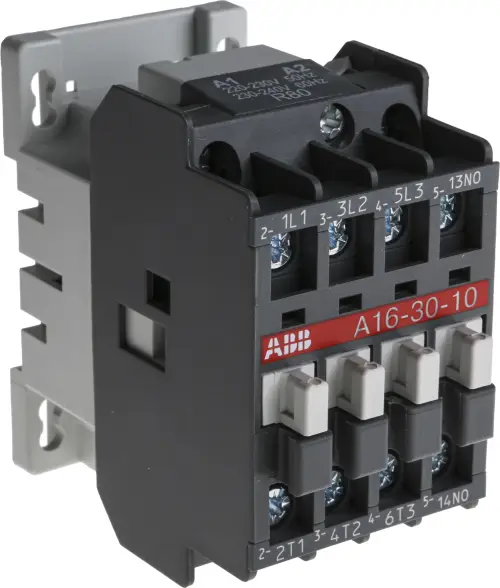
contactor
What are Contactors Used For?
Contactors are used when there’s a need to repeatedly switch power to a circuit, especially in high-current applications. They’re built to handle thousands of cycles and are chosen for jobs where regular relays can’t manage the load.
For example, contactors can:
- Switch high power loads on and off rapidly.
- Be set up as "normally open" (NO) to power a circuit when activated.
- Be "normally closed" (NC) to cut power when activated.
Common Uses of Contactors:
- Electric Motor Starters:Contactors are often used to start motors, like in electric vehicles. They usually come with added safety features like:Power cutoffShort-circuit protectionOverload and under-voltage protection
- High-Power Lighting Control:Contactors are great for managing large-scale lighting systems in offices or industrial spaces. They’re often set up in a latching configuration to save power. This setup uses two coils—one to close the contacts and another to open them—making it efficient for automation.
Why Use Contactors?
Contactors are made for high-voltage tasks, so they’re tougher and larger than standard relays. Even so, they’re still portable, easy to mount, and perfect for fieldwork. If you’re dealing with high-power switching, contactors are your go-to solution!
How Do Contactors Work?
To get how a contactor works, let’s break it down into its three main parts: the coil, the contacts, and the enclosure.
- The Coil (Electromagnet):This is the heart of the contactor. When power flows through the coil, it creates a magnetic field that either opens or closes the contacts, depending on the design.
- The Contacts:These carry the electrical power through the circuit being switched. There are different types of contacts, like power contacts and springs, each with its own role in managing current and voltage.
- The Enclosure:The enclosure is the protective housing around the coil and contacts. It keeps you from accidentally touching live parts and shields the internal components from heat, dirt, moisture, and even explosions.
How It Works Step by Step:
When current flows through the electromagnetic coil, it generates a magnetic field. This field moves the armature inside the contactor, which either opens or closes the electrical contacts.
- Normally Open (NO) Contactors:Most contactors work this way. When you energize the coil, the contacts close, completing the circuit and allowing power to flow. When the coil loses power, the contacts open, shutting the circuit off.
- Normally Closed (NC) Contactors:These are less common. In this setup, the contacts are closed (circuit on) when the coil isn’t energized. When you apply power to the coil, the contacts open, breaking the circuit.
Contactors can do this switching action incredibly fast and are built to handle thousands—or even millions—of cycles over their lifespan.
Example Wiring Diagram:
Here’s a simple example: a three-pole contactor with one normally open (NO) base contact. The diagram would show how the power flows through the poles and how the NO contact operates when the coil is energized.
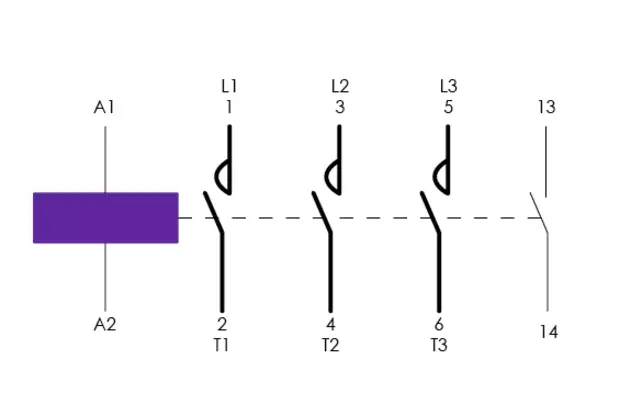
a three-pole contactor with one normally open (NO) base contact
The Difference Between Contactors and Relays
While we’ve already mentioned that contactors handle higher power than relays, the full technical differences between the two are a bit more detailed.
Here’s a breakdown:
- Load Capacity:Contactors are built for heavy-duty power switching. They can handle much higher loads compared to relays, which are typically rated for about 5A-15A (often 10A or less).
- Contact Configurations:Contactors are usually normally open (NO), meaning the circuit only completes when the coil is energized. Relays, on the other hand, are more flexible—you can easily find both NO and normally closed (NC) options.
- Safety Features:Contactors come with a range of built-in protections since they’re used in high-power scenarios. These include:Spring-loaded contacts: Automatically break the circuit if the contactor loses power.Overload protection: Activates if there’s a current surge for too long.Magnetic arc suppression: Reduces the risk of damage from electrical arcs.
Since contactors are designed for heavy-duty tasks, they’re usually larger, heavier, and slower to switch than relays. They also cost more and use more power because of their bigger electromagnetic coils.
Contactors Selection Guide
There are plenty of contactors to choose from, like single-phase and three-phase types, available online in the UK and beyond.
To pick the right contactor, start by looking at the load requirements and power ratings (voltage and current). These are always the key factors to consider. From there, think about any additional features or protections you might need for your specific application.
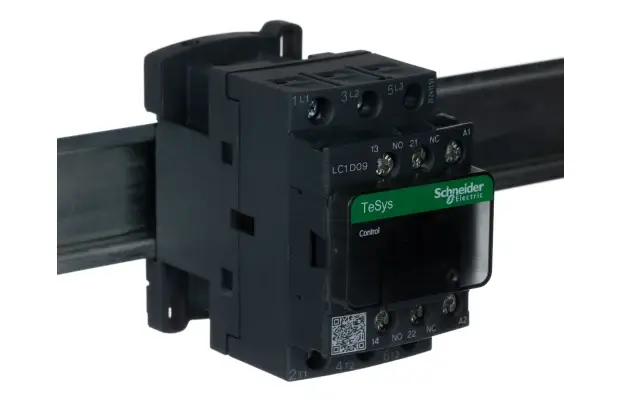
Types of Contactors
Magnetic Contactor
A magnetic contactor works purely on electromagnetism, which means it doesn’t need manual intervention to do its job. That’s why it’s super efficient and reliable—it only needs a small amount of power to operate. Plus, since it works remotely, it’s incredibly convenient. These days, almost all contactors are based on this design.
Switch Ratings and Coil Ratings (Contact Voltage and Current)
When looking at a contactor’s ratings, you’ll usually see two main specs:
- Maximum switching voltage
- Maximum switching current
These numbers tell you the limits of what the contactor can handle. Always match these to your circuit or motor’s requirements.
For example, while you might see a contactor labeled as 230V, 240V, or 1000V DC, the detailed specs will also include:
- Coil voltage (control circuit voltage)
- Contact current and voltage ratings
- Power rating
- Number of auxiliary contacts
- Terminal type
- Configuration (NO/NC)
- Operating temperature range
It’s important to note that contactors generate more heat than relays, so make sure to account for this when choosing one.
You’ll also notice contactor ratings listed as either resistive or inductive, depending on their intended use:
- Resistive ratings: For things like heating elements or lighting controls.
- Inductive ratings: For motors, transformers, or solenoids.
Here’s another key point: The coil voltage doesn’t have to match the load voltage. For example, a coil could be 24VDC, but it might be switching a motor running at 400VAC. Common coil voltages include 12V, 24V, 48V, 110V, 230V, and 400V.
Top Contactor Brands
Several big-name brands are known for making reliable, high-quality contactors. Some of the most popular ones include:
- ABB
- Allen Bradley
- Eaton
- Lovato
- Schneider Electric
- Siemens
- TE Connectivity
- WEG
These brands also offer a wide range of accessories to go with their contactors, ensuring you’ll find what you need.
Frequently Ask Questions
What’s the Most Common Reason for Contactor Failure?
There are a few reasons why a contactor might fail and need fixing or replacing, but the most common is contact welding or sticking. This happens when the contacts get stuck or fuse together in one position.
Why does this happen? A few reasons:
- Excessive inrush currents
- Unstable control voltages
- Short transition times between high peak currents
- Or just plain old wear and tear
With wear and tear, the alloy coating on the contact terminals gradually burns away, exposing the copper underneath, which can eventually weld together.
Another issue could be coil burn, which happens when the voltage at either end of the coil is too high (or too low). Dirt, dust, or moisture getting into the air gap around the coil can also cause problems.
What Do A1 and A2 Mean on a Contactor?
A1 and A2 are the standard labels for the two terminals on the contactor’s electromagnetic coil. These are the points where power connects to the coil to make the contactor work.
What Are 13 and 14 on a Contactor?
These numbers are commonly used to label the normally open (NO) contacts on a contactor. So, 13 and 14 refer to the terminals where the circuit completes when the contactor is energized.
Related Articles
Introduction to HDMI Connectors
A Complete Guide to Fiber Optic Connectors
Audio Connectors:Description,Types and Applications
Introduction to Board-to-Board Connectors
Active Optical Connectors: Features, Types, and Applications
FPC/FFC Connectors:Features, Types, and Applications
Subscribe to JMChip Electronics !



